Introduction
Welcome to the 265th free issue of New Australia's Precision Materials, which brings you insights into the control science and engineering field with a special puzzle-solving edition. In today's digital world, control systems have become an integral part of our lives, overseeing operations in various industries such as automation, robotics, aerospace, and transportation. This edition specifically explores the fascinating world of control systems through the lens of puzzles, challenging our analytical and problem-solving skills.
Understanding Control Science and Engineering
Puzzles in this context refer to complex problems or scenarios within the field of control systems that require innovative solutions. By framing these challenges as puzzles, we encourage a more interactive and engaging approach to learning and problem-solving in the CSE discipline. It also serves as a way to test one's understanding of fundamental control principles and to inspire creativity in developing solutions. One popular problem in control systems is the "inverted pendulum," where a pendulum needs to be balanced on a moving cart. The challenge lies in designing a control method that can keep the pendulum upright despite external disturbances and changes in motion. This problem emphasizes the importance of stability, response time, and robustness in control systems. Another interesting puzzle is the "quadcopter control problem," where a small flying drone must navigate through a series of gates while maintaining stability and precise trajectory control. This puzzle tests the application of control theories in a dynamic environment with multiple variables and constraints. Solving these puzzles requires a solid understanding of various control techniques, such as classical control (PID controllers), state-space control, and advanced control strategies like adaptive control and optimal control. For instance, to solve the inverted pendulum problem, one might start by modeling the system using differential equations, then apply a PID controller to balance the pendulum, and finally, use a state feedback or LQR (Linear Quadratic Regulator) to improve stability and performance. For the quadcopter control puzzle, understanding the dynamics of a flying object is crucial, followed by implementing a combination of attitude control (using Euler angles or quaternions), altitude control, and path planning algorithms. This could involve calculating thrust values, adjusting motor speeds, and possibly using advanced algorithms like PID, LQR, or even model predictive control (MPC) to achieve the desired trajectory and stability. Solving these puzzles not only reinforces theoretical knowledge but also equips practitioners with practical skills. It fosters critical thinking, lateral problem-solving abilities, and a deeper appreciation for the complexities inherent in control systems. Moreover, these challenges can be a stepping stone to more advanced projects or research in the field of automation and robotics, paving the way for innovation and technological advancement. Control Science and Engineering is a vast and exciting field that constantly pushes the boundaries of our understanding and capability to control and manipulate complex systems. By treating problems as puzzles, we can foster a culture of learning, exploration, and innovation. This special edition of New Australia's Precision Materials aims to spark curiosity and enthusiasm for those seeking to delve deeper into the world of control systems, offering a unique blend of education and entertainment. We hope this edition has provided you with a glimpse into the fascinating world of control systems and inspired you to take on more challenging puzzles in your journey through this field. Stay curious, stay learning, and happy problem-solving!Examples of Control System Puzzles
Solving Control System Puzzles
Benefits of Control System Puzzles
Conclusion

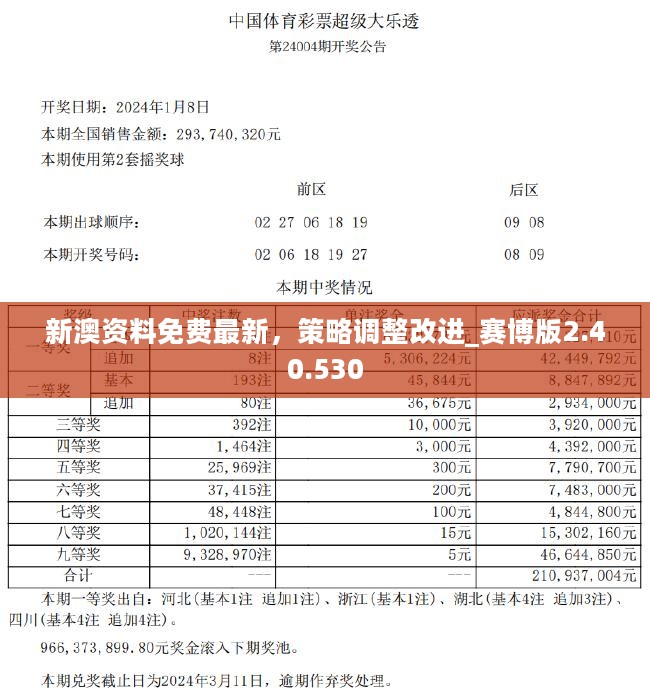




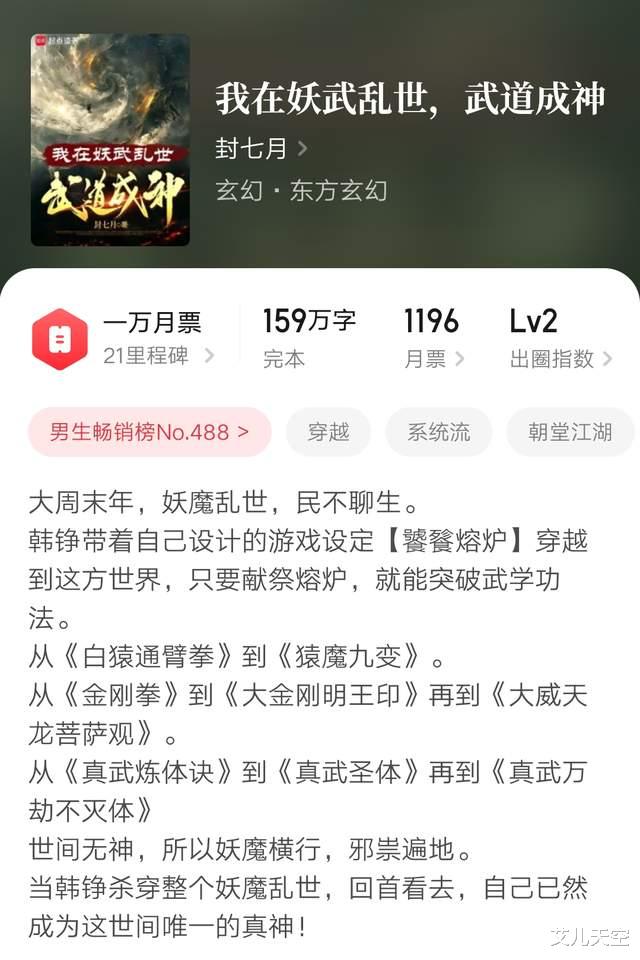
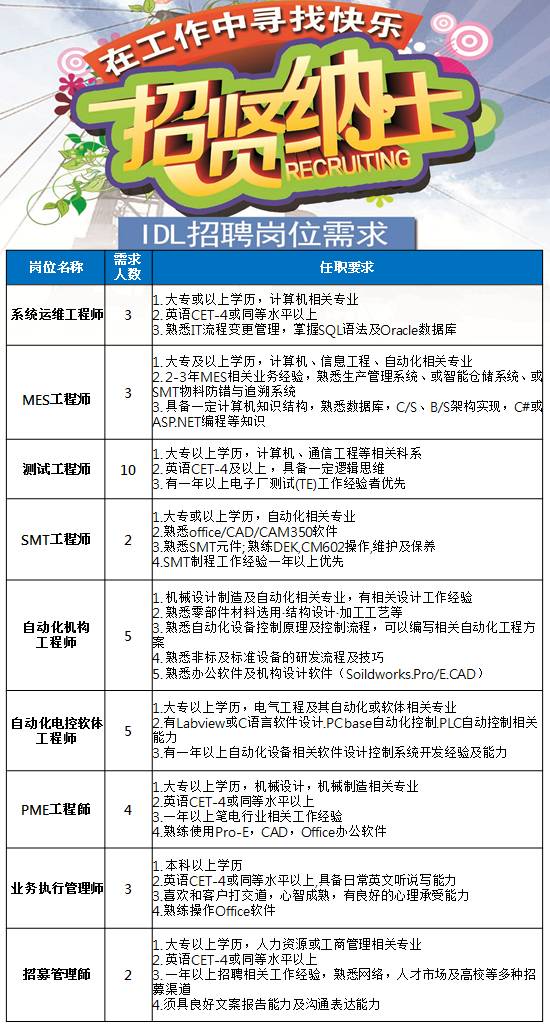
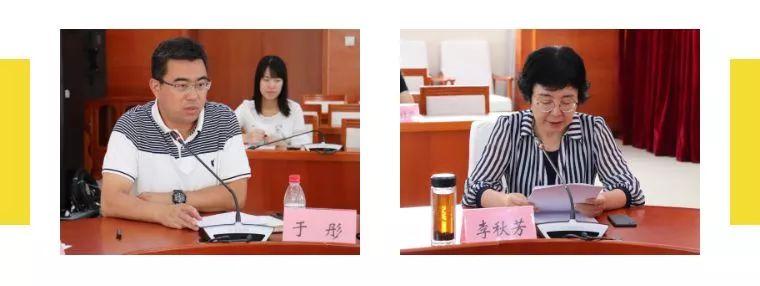


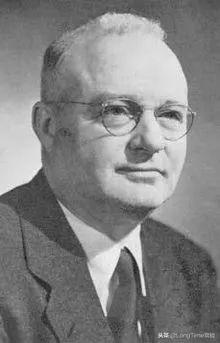
还没有评论,来说两句吧...